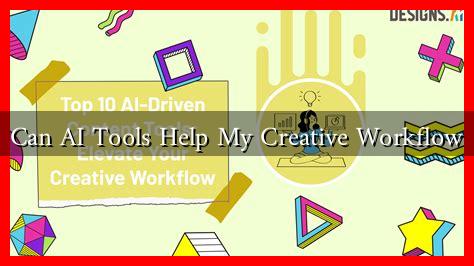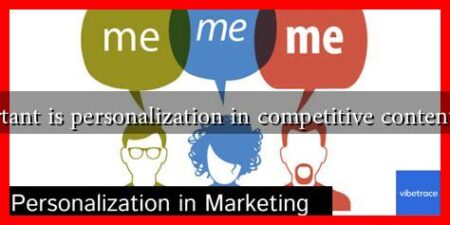-
Table of Contents
Can AI Tools Help My Creative Workflow?
In an era where technology is rapidly evolving, the integration of Artificial Intelligence (AI) into creative workflows is becoming increasingly prevalent. From graphic design to writing and music composition, AI tools are transforming how creatives approach their work. But can these tools genuinely enhance creativity, or do they merely serve as a crutch? This article explores the various ways AI can assist in creative processes, backed by examples, case studies, and statistics.
The Role of AI in Creative Industries
AI tools are designed to augment human creativity rather than replace it. They can streamline processes, provide inspiration, and even generate content. Here are some key areas where AI is making a significant impact:
- Content Creation: AI writing assistants like OpenAI’s ChatGPT and Jasper can help generate ideas, draft articles, and even edit content.
- Graphic Design: Tools like Canva and Adobe Sensei use AI to suggest design elements, automate repetitive tasks, and enhance user creativity.
- Music Composition: AI platforms like AIVA and Amper Music can compose original music tracks based on user inputs and preferences.
Enhancing Creativity Through Collaboration
One of the most significant advantages of AI tools is their ability to collaborate with human creators. This collaboration can lead to innovative outcomes that might not have been possible otherwise. For instance, the AI-generated artwork “Edmond de Belamy,” created by the Paris-based art collective Obvious, sold for $432,500 at auction, showcasing the potential of AI in the art world.
Moreover, AI can serve as a brainstorming partner. Tools like MindMeister and Miro utilize AI to help users organize their thoughts and generate new ideas. By analyzing existing content and trends, these tools can suggest topics or themes that resonate with audiences, thereby enhancing the creative process.
Case Studies: Success Stories of AI in Creative Workflows
Several companies and individuals have successfully integrated AI into their creative workflows, leading to remarkable outcomes:
- Netflix: The streaming giant uses AI algorithms to analyze viewer preferences and recommend content, which has significantly improved user engagement and satisfaction.
- Adobe: With its AI tool Adobe Sensei, the company has enhanced its suite of creative applications, allowing users to automate mundane tasks and focus on more creative aspects of their work.
- Musicians: Artists like Taryn Southern have collaborated with AI to produce entire albums, showcasing how technology can be a co-creator in the music industry.
Statistics Supporting AI in Creative Workflows
Research indicates that the adoption of AI tools in creative industries is on the rise:
- A survey by McKinsey found that 50% of companies are adopting AI in at least one business function, including creative roles.
- According to a report by PwC, AI could contribute up to $15.7 trillion to the global economy by 2030, with significant impacts on creative sectors.
- In a study by Adobe, 61% of creative professionals reported that AI tools help them be more productive and efficient in their work.
Challenges and Considerations
While AI tools offer numerous benefits, there are challenges to consider:
- Quality Control: AI-generated content may lack the nuance and emotional depth that human creators bring.
- Over-reliance: Creatives may become overly dependent on AI tools, stifling their own creativity.
- Ethical Concerns: Issues surrounding copyright and originality arise when using AI-generated content.
Conclusion: Embracing AI as a Creative Ally
AI tools have the potential to revolutionize creative workflows by enhancing productivity, providing inspiration, and facilitating collaboration. While challenges exist, the benefits often outweigh the drawbacks. By embracing AI as a creative ally rather than a replacement, artists, writers, and designers can unlock new levels of creativity and innovation. As technology continues to evolve, the future of creativity will likely be a harmonious blend of human ingenuity and artificial intelligence.
For more insights on how AI is shaping the creative landscape, visit Forbes.



